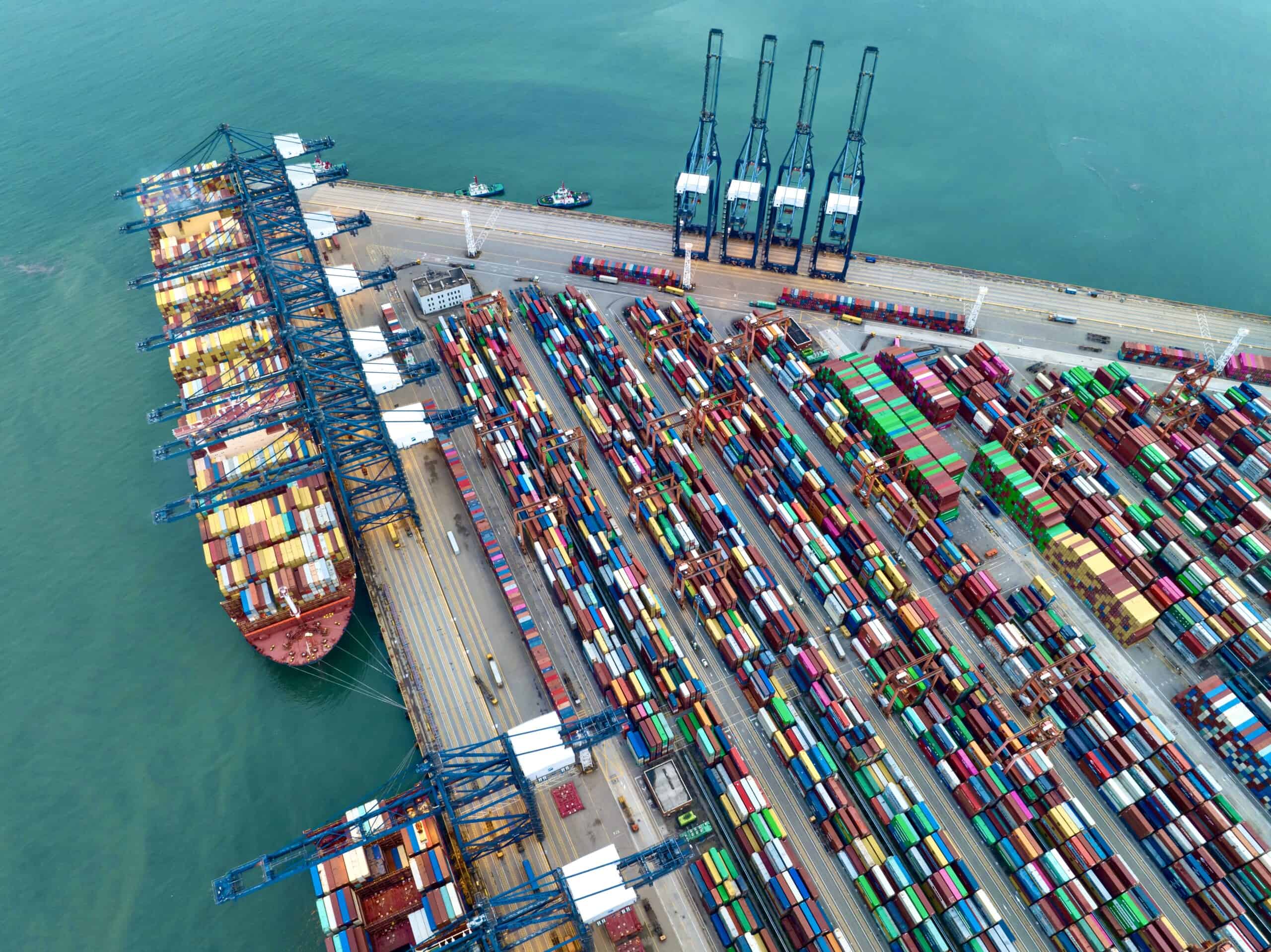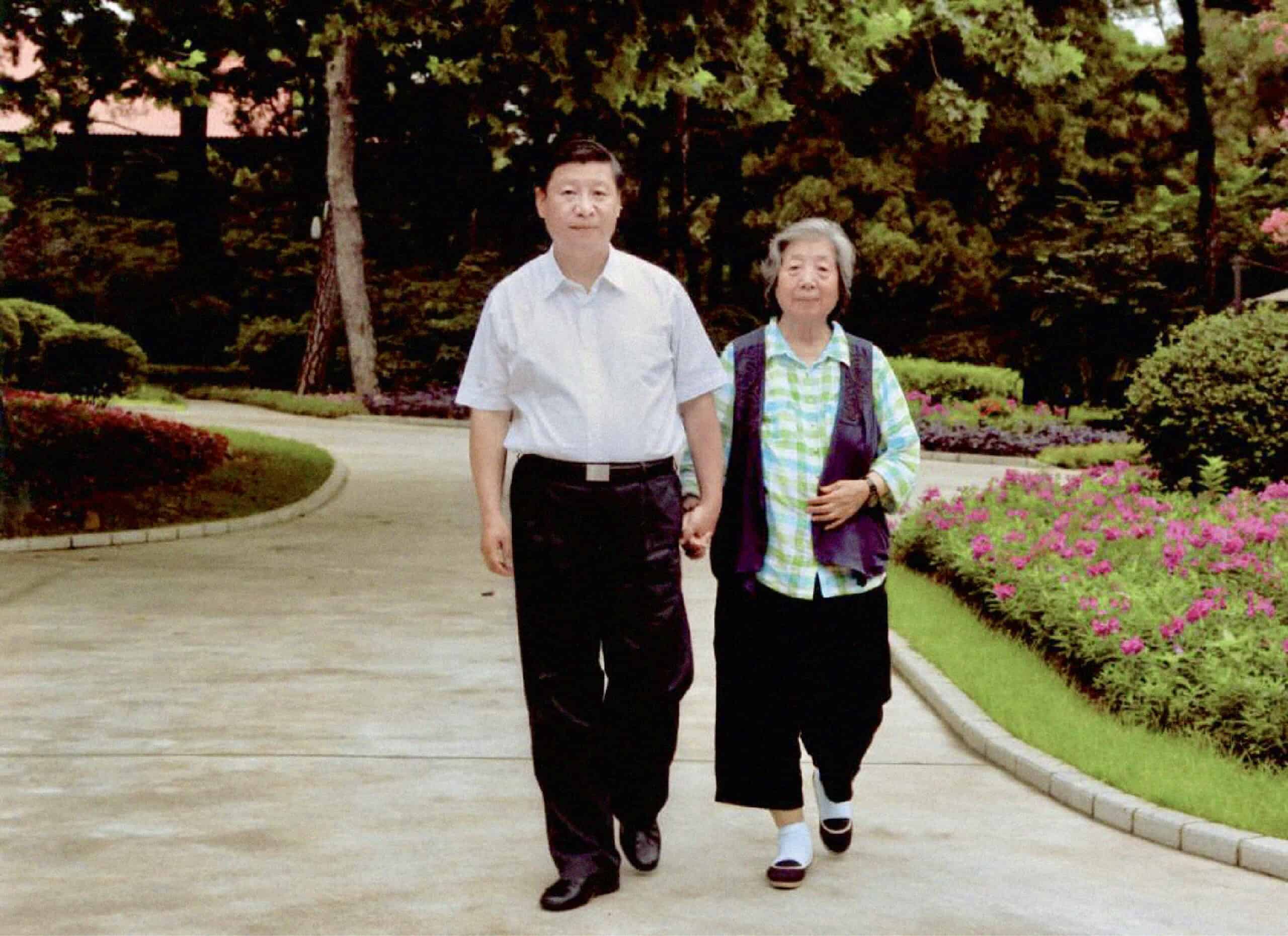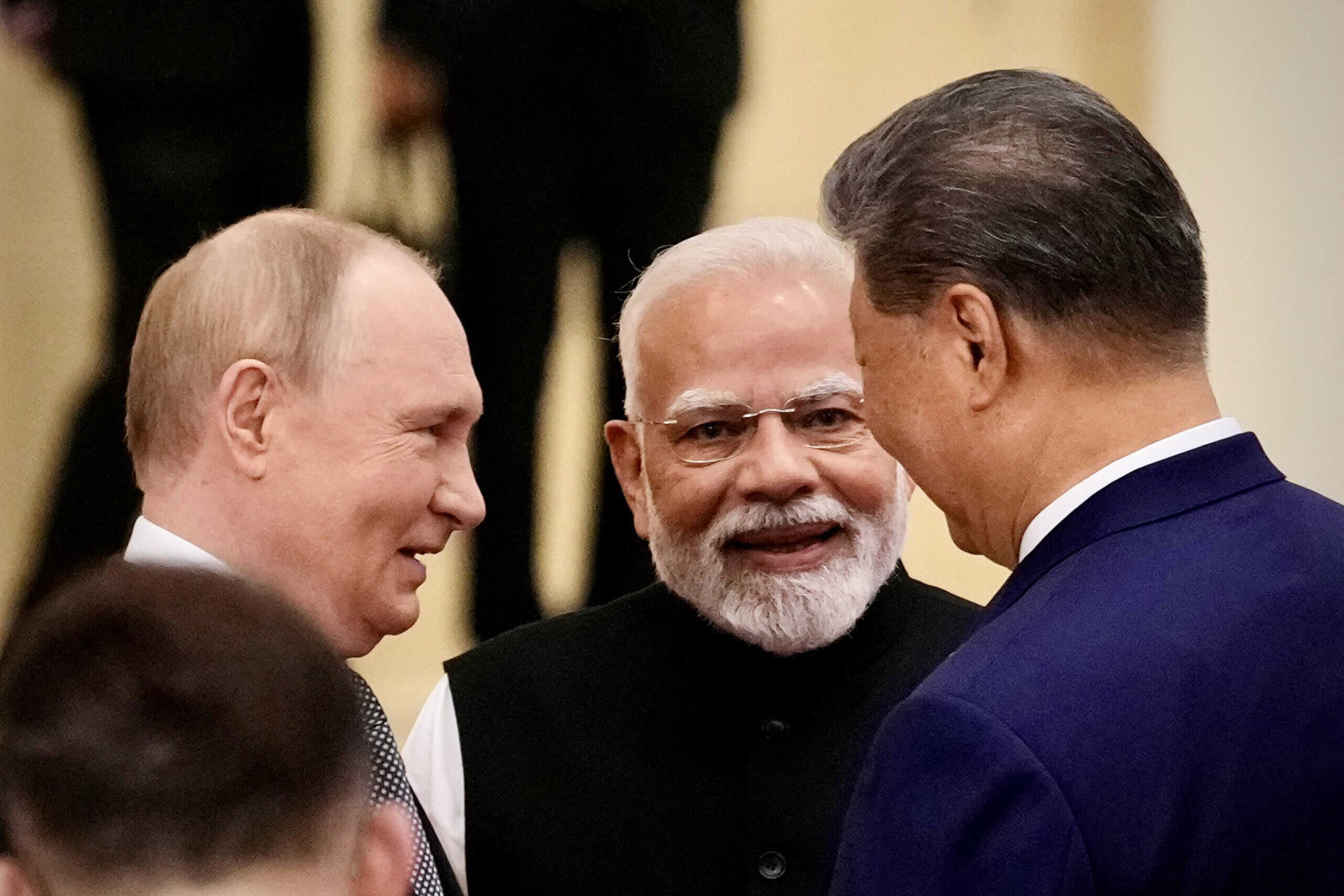Good evening. Donald Trump’s August deal with Nvidia and AMD, which allowed them to sell certain computer chips to China in return for giving the U.S. government a 15 percent cut, appeared to mark a digression from a long-established policy. Over six years, starting during Trump’s first term and continuing through Joe Biden’s presidency, the U.S. government had slowly but surely tightened restrictions on U.S. chip sales to China — and pressured allies, most importantly Holland and Japan, to do the same. But are the Nvidia and AMD deals really as detrimental to U.S. national security interests as many China hawks fear? Or do looser restrictions for lower grade chips represent a reasonable compromise with U.S. chipmakers who covet the China market, especially when combined with tighter restrictions on chipmaking equipment and design software? In this week’s cover story, Noah Berman and Eliot Chen speak with dozens of Trump and Biden administration officials about the genesis, and likely fate of export controls on computer chips.
Also in this week’s issue: The U.S. exporters exporting from China; how World War Two forged Qi Xin, Xi Jinping’s centenarian mother; a conversation with author Dan Wang on China vs the U.S.; and Manoj Kewalramani on the hollow bonhomie on display last week between China, Russia and India’s leaders.
Want this emailed directly to your inbox? Sign up to receive our free newsletter.
Walling off China
Is it better for the U.S. to keep China hooked on its computer chip technologies, giving it valuable leverage over its biggest rival and preserving an important revenue stream for American makers of semiconductors, manufacturing equipment and design software? Or should it cinch the noose shut, which could backfire by inspiring a series of “Sputnik moment” technological breakthroughs in China? These are just some of the questions being asked as the Trump administration deliberates major changes to an export control policy that was six years in the making.

The Big Picture: Not so Simple
If only it were, as per Donald Trump’s world view, just Chinese companies “ripping off” America by flooding it with their cheaper, and increasingly higher quality, products. But as Noah Berman writes in the Big Picture, foreign-invested companies in China account for about 30 percent of the manufacturing juggernaut’s exports, just as foreign-invested companies account for about 20 percent of American exports. Most U.S. companies with China operations learned to live with the tariffs imposed during the first Trump administration, which were continued under Joe Biden’s. But another four years of even higher duties may finally force them to change tack.

The Mother, the Son and the War
Eighty-eight years ago Xi Jinping’s mother, Qi Xin, watched as the Japanese Imperial Army marched in to take control of Beijing, or Beiping as it was known then. The ensuing eight-year war against Japan was the most formative experience of her life. Lucy Hornby examines the life and legacies of Qi Xin, who played an influential role in promoting the legacy of her late husband, Xi Zhongxun, and paving the future career of their now all-powerful son.

A Q&A with Dan Wang

In his just published book on China, Breakneck, former technology analyst Dan Wang measures America’s legalistic “procedure fetish” against China’s obsession with outcomes, as one way to explain why the latter country is much better than the former at building infrastructure.
But, Wang also tells Brent Crane in this week’s Q&A, under the Chinese Communist Party “the line between rationality and madness can be a pretty thin one” — something he experienced first-hand while enduring President Xi Jinping’s “zero Covid” response to the pandemic. He adds that the trick to writing well about China is figuring out how “to navigate between the excessively big and the microscopic”, and recommends Simon Leys’ Hall of Uselessness as one of his all-time favorite books about the country.
Dan Wang
Illustration by Kate Copeland

Paper Allies
Don’t read too much into the chummy vibes from their leaders’ September 1 meeting in Tianjin. In this week’s opinion piece, Manoj Kewalramani argues that China, Russia and India are at best frenemies who will struggle to resolve longstanding disagreements any time soon. “The optics of engagement,” he writes, “have done little to alleviate the faultlines that exist between the three countries.”
Subscribe today for unlimited access, starting at only $19 a month.


